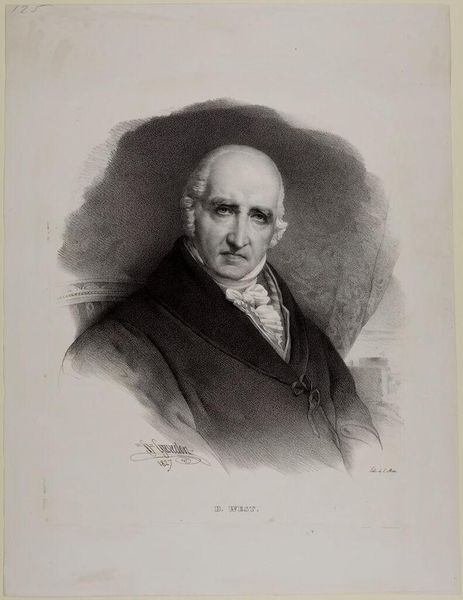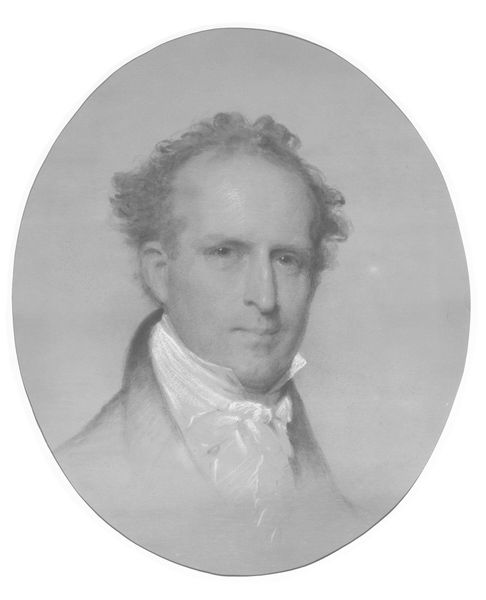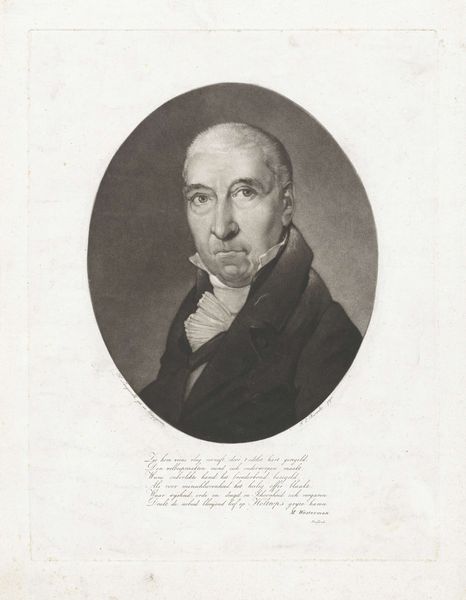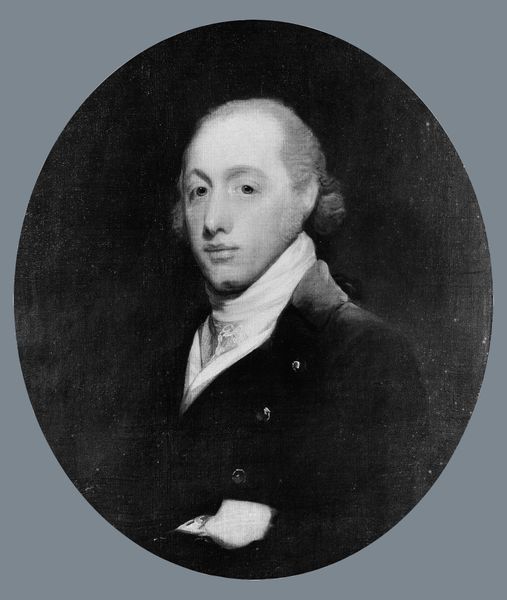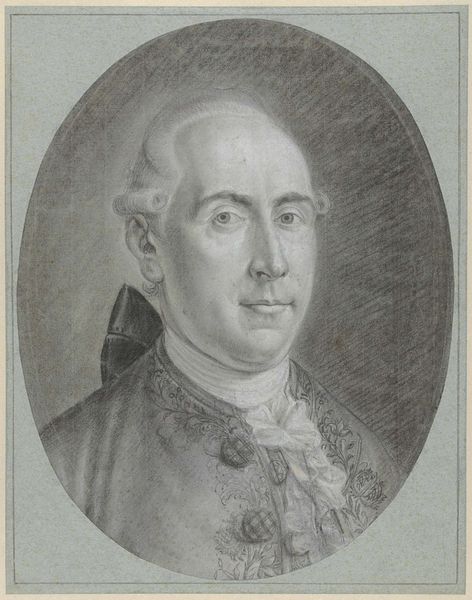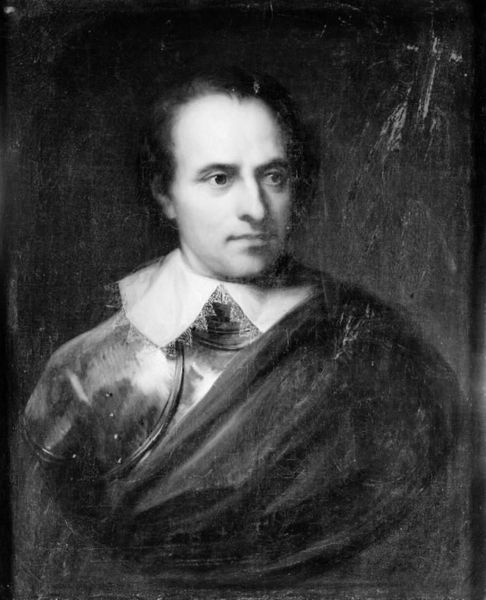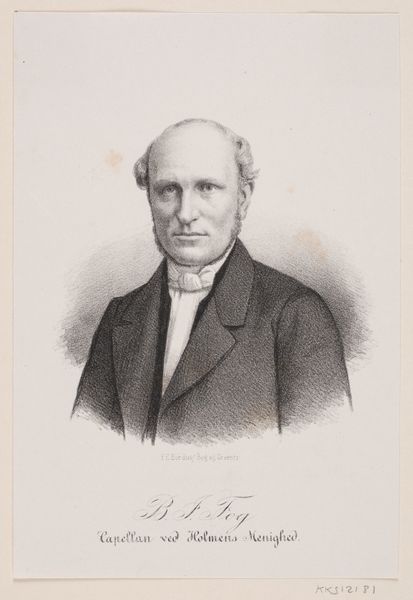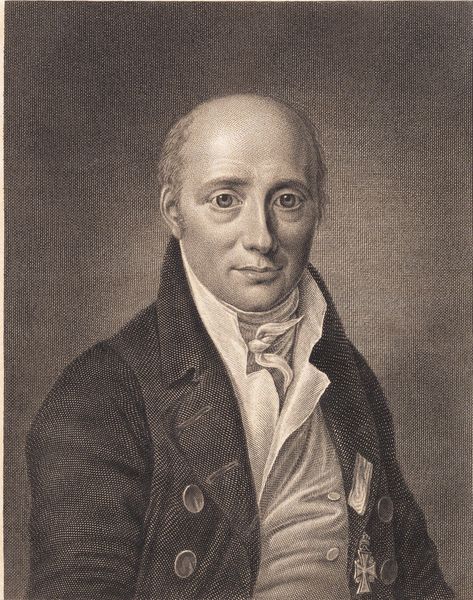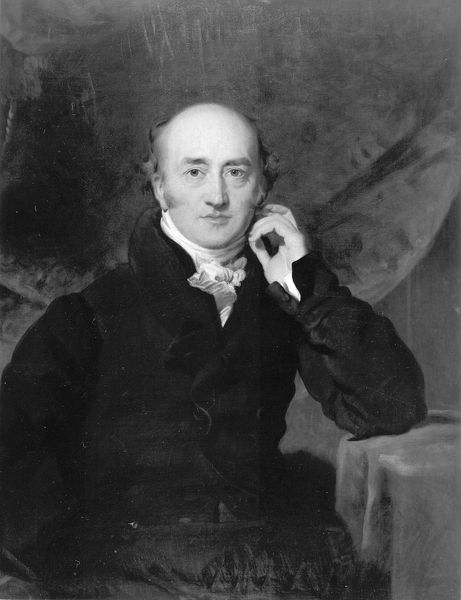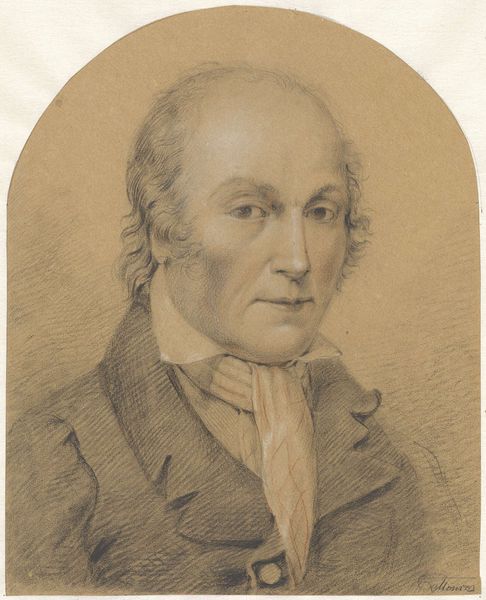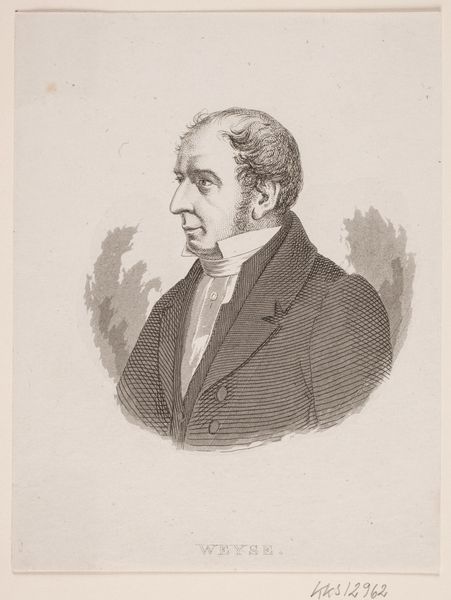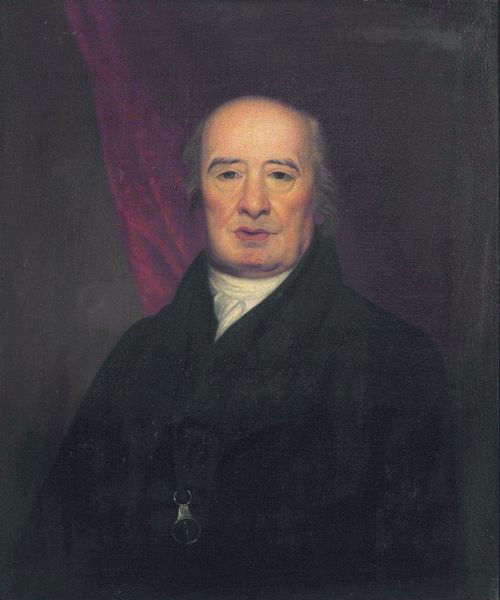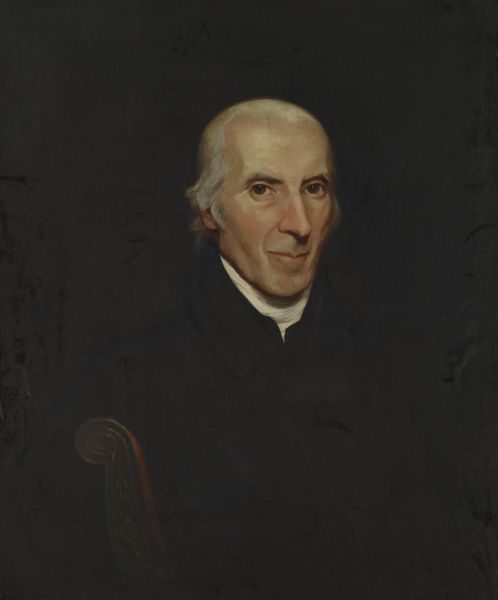
painting, oil-paint
#
portrait
#
portrait
#
painting
#
oil-paint
#
romanticism
#
history-painting
#
academic-art
Copyright: Public domain
Editor: This is Orest Kiprensky’s "Portrait of A. Shishmarev," painted in 1827. I'm immediately struck by how the soft light almost seems to soften the subject’s features. What stands out to you when you look at it? Curator: What resonates for me are the layers of Russian identity embedded in its visual language. Notice how the sitter's gaze is direct, unflinching. It’s a feature echoed across centuries of Orthodox iconography. Does it remind you of the "Icon of the Vladimir Mother of God," for example? Editor: I see what you mean. The direct gaze, the somber expression… it's definitely there. Curator: Exactly. This artistic continuity acted almost like a cultural shield, a familiar visual armor safeguarding values during periods of rapid change. Consider also the sable fur, luxurious and dark. Is that simply a sign of wealth? Editor: I’d assume so. A symbol of status? Curator: Certainly, but perhaps something more. Fur cloaks feature prominently in pre-Christian Slavic garments, carrying symbolic weight far beyond mere practicality. It invokes something ancient, connected to the land. Look closer...do you detect anything in the eyes? Any glimmer of knowing, regret perhaps? Kiprensky's skill doesn't just render likeness; he hints at internal states. Editor: I do see it now...a certain… resignation? The context is key; seeing these historical links reveals deeper meanings. Curator: Precisely. It is like an icon but one looking towards secular society; an interesting intersection of the old and new Russia! Editor: This makes me want to see what other threads connect historic Russia to paintings of this era. Thanks!
Comments
No comments
Be the first to comment and join the conversation on the ultimate creative platform.
